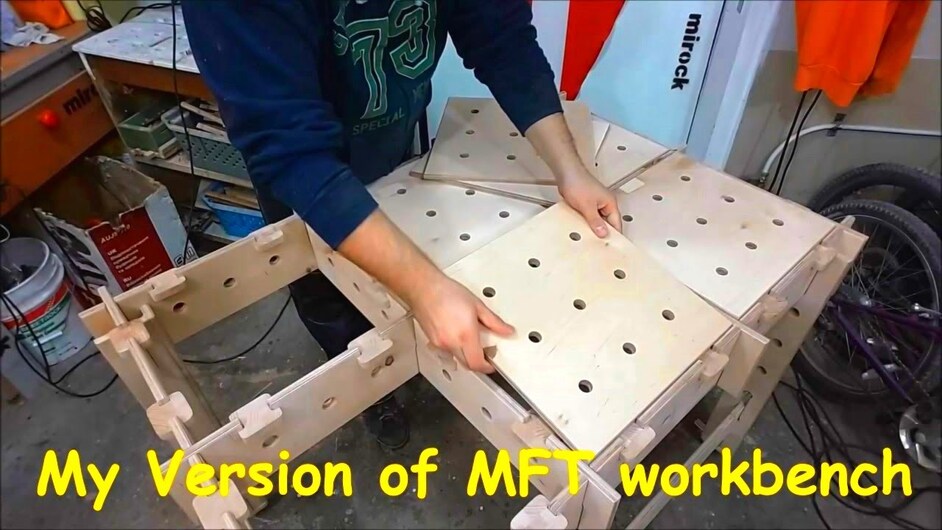This isn’t necessarily cut table by Glowforge but for anyone interested in designing with Sketchup and learning, Mathias Wandel has a good tutorial on making a table in Sketch Up.
And here is another table that I think would work. I posted this video in the shop location thread but wanted to refer:
2 Likes
